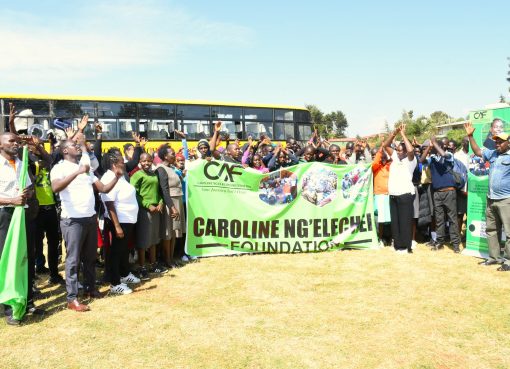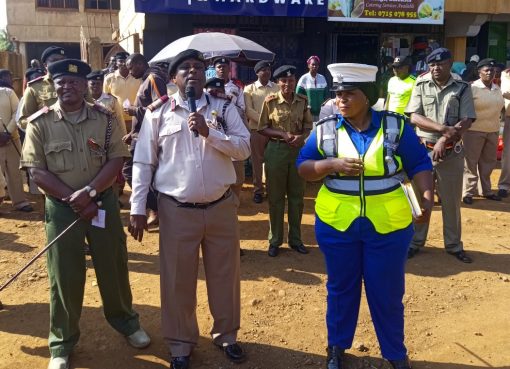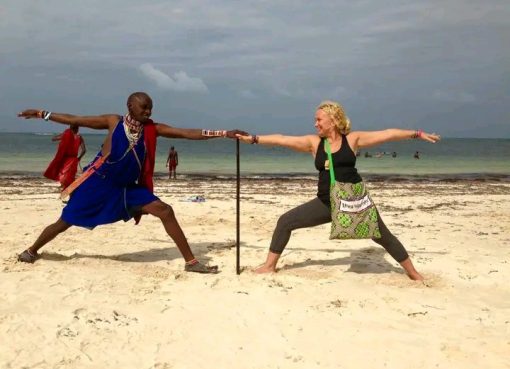Some 258 learners from Bomet County have a reason to smile after they were selected as the 2024 beneficiaries of the Government in partnership with Jomo Kenyatta Foundation run Elimu scholarship program.
The children who were drawn from vulnerable families were selected by County Selection Advisory Committee (CSAC), who managed to enlist 103 boys and 155 girls drawn from the five sub counties.
Speaking at St. Mary’s Secondary School where the scholarship was launched, Bomet County Commissioner Dr Ahmed Omar said the Government was keen on ensuring that there was 100 per cent transition to secondary school saying that was the reason the program was initiated to assist the vulnerable in the society have equal access to education.
Dr Omar said the beneficiaries were to have their school fees fully paid for and that school uniform and other provisions including pocket money was to be catered for during the four years of secondary education.
He said years ago there were no such programs seeking to uplift the vulnerable and that the government of the day was keen on available resources for the poor to access education just like their able counterparts.
He said it was therefore a golden opportunity for the beneficiaries to change the course of their lives through education which he termed as equalizer in the society.
Bomet County Education Director Leonard Ngugi urged the beneficiaries to maintain outmost level of discipline while striving for academic excellence.
Ngugi was echoing sentiments from Dr. Omar who warned teenage girls in general from engaging in premature sexual relations and promiscuity.
Omar said many girls have lost their future after being preyed upon by sexual predators who more often than not leave them with fatherless children and or infect them with diseases.
The administrator further issued stern warning to those intending to carry on with the outlawed female genital mutilation saying their time was out.
Chepalungu Deputy County Commissioner Hezron Koech said there was need to increase the number of beneficiaries saying the level of poverty in rural areas was not to be reckon with.
Koech said Chepalungu, which had the highest number of beneficiaries, was hard hit by poverty due to the fact the area was an Arid and Semi-Arid region.
“As a selection committee, we found it extremely difficult to pick who was the most vulnerable because many families are in dire need of help,” he said.
“That is why we had to physically visit individual homes to ascertain whether the information provided in the application forms were true,” he said.
By Kipngeno Korir





